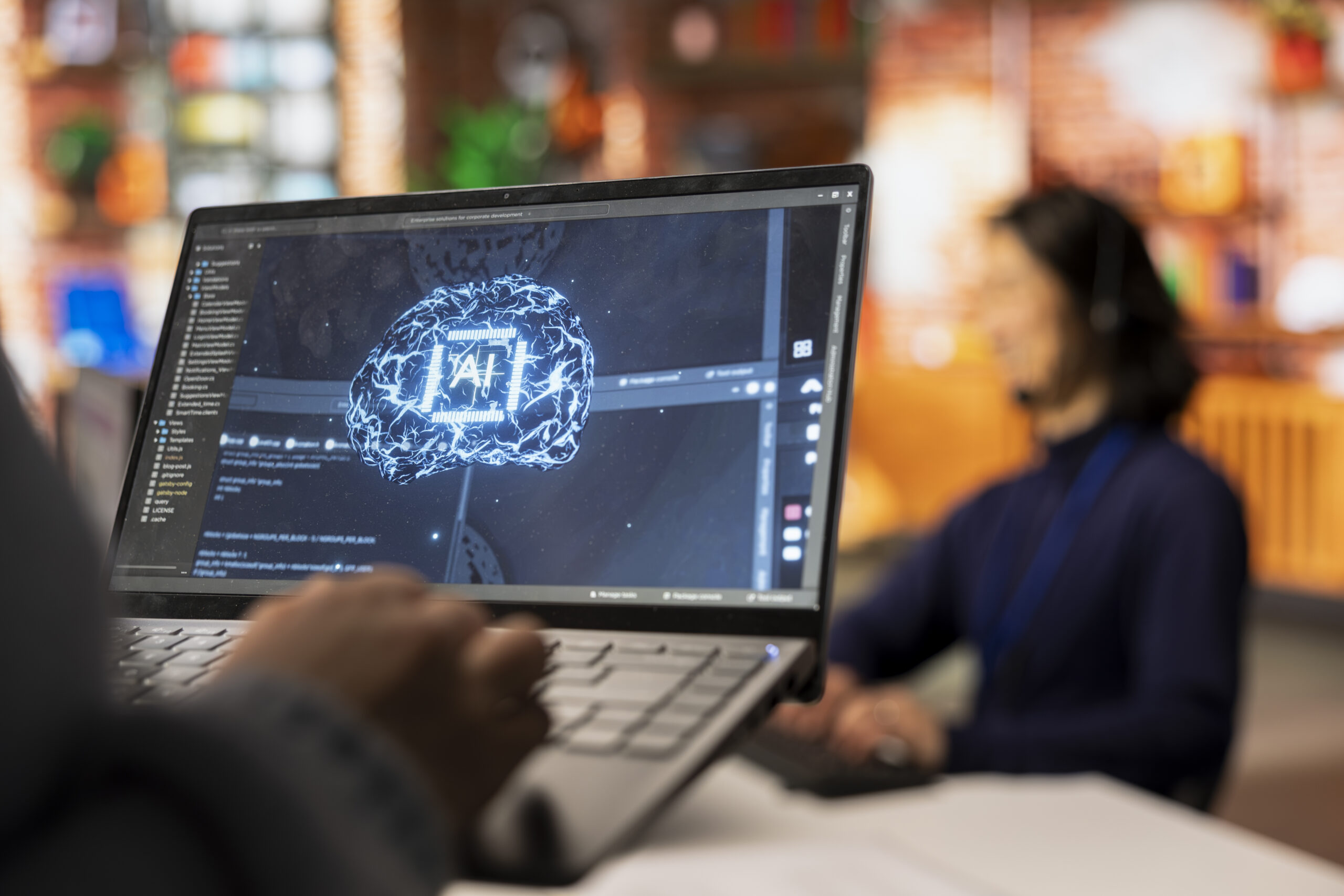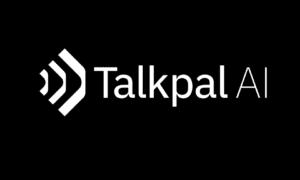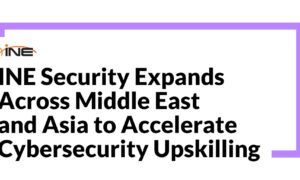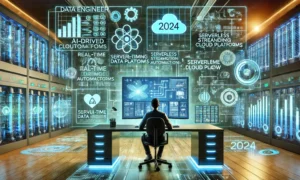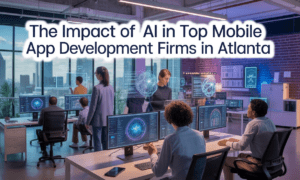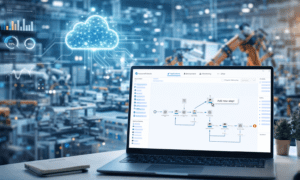Quick Summary – Why will compute orchestration be necessary for AI infrastructure in 2025?
Because AI workloads are too big for static clusters. Compute orchestration automatically assigns GPUs, CPUs, and accelerators based on the needs of the model, which lowers latency, cost, and complexity. Orchestrated compute will be the new building block for AI infrastructure that can grow, last, and be ready to reason. The integration of Clarifai’s Compute Orchestration Engine with its Reasoning Engine is an example of this progression. It provides efficient resource scheduling, scale-to-zero economics, and unified control across clouds and on-prem settings.
How does compute orchestration transform AI infrastructure from static to dynamic?
In the past, AI infrastructure used fixed clusters and manual scaling, which often meant that GPUs weren’t being used enough or that too many were being provided at a high cost. This model is no longer viable as of 2025.
- Instead of static setups, compute orchestration uses dynamic, intent-driven allocation to automatically scale computation up or down as needed.
- Orchestration layers abstract hardware, such NVIDIA H100s, AMD MI300Xs, or TPUs, so workloads can move freely between nodes or clouds. This means that a model isn’t tied to just one environment.
- The result? Less time between the first token, more throughput, and expenses that are easy to estimate across distributed fleets.
What can compute orchestration do in AI?
Modern orchestration systems are designed to handle AI workloads. They aren’t just any old schedulers; they’re built to work with models, memory footprints, and multi-step reasoning pipelines.
Key features include:
- GPU-aware provisioning means finding the best accelerators and VRAM capacities for models.
- Autoscaling and scale-to-zero: Bring down idle endpoints to $0 cost while keeping warm starts quick.
- Batching and bin-packing: Putting inference requests into groups so that the GPU may use them all at once.
- Hybrid orchestration lets you move smoothly across on-prem, cloud, and edge environments.
- Policy-as-code and governance controls: Putting rules for quotas, security, and compliance right into computing workflows.
Clarifai’s Compute Orchestration Engine links these parts together by using a single control plane to dynamically manage reasoning workloads. This makes sure that every token is processed with the best use of the GPU.
Expert Insights
- “Policy-driven scaling” stops cloud costs from getting out of control by smartly limiting the number of nodes that can run at the same time.
- Using micro-batching methodologies can speed up inference throughput by more than 30%.
- Companies that use both autoscaling and checkpointing have been able to keep their systems running all the time without losing any data on preemptible instances.
Why is 2025 a big year for compute orchestration?
In 2025, AI will move from being focused on training to being focused on reasoning. Inference is now mostly made up of multi-step, agentic workloads, which need fine-grained resource orchestration.
Key factors include:
- Different types of computers, such as GPUs, TPUs, and ASICs, mixed together.
- Agentic frameworks that run reasoning loops through more than one inference cycle.
- Carbon-aware scheduling and sustainability goals built into orchestration rules.
- Intent-based orchestration as a new technology that lets the orchestrator guess what the workload wants and change it.
Expert Insights
- Clarifai’s Reasoning Engine, which is built on top of coordinated compute, showed a throughput of 544 tokens/sec and a TTFT of 3.6 seconds, making it one of the quickest on GPUs.
How is compute orchestration deployed in real-world AI systems?
Hyperscalers are no longer the only ones who can use compute orchestration. It powers AI infrastructure for:
- Businesses using different types of hardware to run custom LLMs.
- Edge-AI systems managing inference across nodes in IoT and 5G.
- Air-gapped settings where on-prem orchestration protects data sovereignty.
The Reasoning Engine at Clarifai is based on compute orchestration, which increases throughput by 60% for big models like Qwen-3-30B-A3B and GPT-OSS-120B without having to scale them manually.
Insights from Experts
- Clarifai’s internal benchmarks show that their system is twice as fast and costs 40% less per inference than unmanaged GPU clusters.
- Dynamic GPU pooling lets clients automatically move workloads between inference and fine-tuning.
What architectural patterns drive compute orchestration?
The architecture of compute orchestration is based on a control plane and a data plane.
- The control plane selects how to give out resources depending on rules and goals.
- The data plane does real model runs and sends telemetry back for feedback and improvement.
Key design principles include:
- Intent-driven orchestration instead of imperative scripting.
- Redundancy for resilience: having numerous fallback nodes and scheduling over multiple regions.
- Feedback loops and observability for ongoing improvement.
- Sandboxed inference environments provide security separation.
How do compute orchestration platforms compare?
When looking at orchestration solutions, think about three things:
- Awareness of workload (AI-specific optimization)
- Governance and scalability
- Ecosystem and the ability to grow
Comparison Summary
| Function | Generic orchestration (e.g., DevOps-focused) | AI-Centric Orchestration (like Clarifai) |
| GPU-aware scheduling | Limited | Native |
| Scale to Zero | Partial | Full |
| Support for the reasoning pipeline | No | Yes |
| Cost control | Manual | Policy-as-code |
| Multi-cloud / edge | Difficult | Unified control |
Clarifai’s orchestration stack works perfectly with its Reasoning Engine and Inference APIs, giving you one place to install, scale, and monitor everything.
Expert Insights
- Teams that use unified orchestration and inference APIs can cut DevOps costs by as much as 50%.
- “Bring-your-own-model” support keeps vendors impartial and keeps the GPU running at its best.
- Open orchestration frameworks are changing quickly, but managed solutions are still more reliable for businesses.
What challenges and trade-offs exist in compute orchestration?
There is no such thing as a perfect orchestration system. Some of the biggest challenges include:
- Cold-start latency when starting up halted instances.
- Debugging complexity across many distributed clusters.
- Contradictions between performance and budget goals in policy.
- Security and compliance in orchestrations with multiple tenants.
How to adopt compute orchestration: best practices and implementation roadmap
Here’s a step-by-step path to adopting compute orchestration:
- Check workloads to find pipelines that are too slow or too many.
- Pilot orchestration on a point of argument or inference.
- Set up guardrails like policies, quotas, and notifications.
- Add telemetry to get input on performance.
- After testing, add more clouds or edges.
- Use cost-per-token and throughput data to check ROI on a regular basis.
With its Compute Orchestration API, Reasoning Engine, and Model Runner, Clarifai makes this journey possible by giving teams a modular way to embrace it.
Insights from Experts
- Start small; the benefits of orchestration build up over 2–3 weeks of usage data.
- Including orchestration early on in the MLOps lifecycle makes it easier to move things later.
- To show leadership that you are valuable, you need to have clear KPIs (cost savings, uptime, TTFT).
What’s the future of autonomous compute orchestration?
The next step is self-optimizing orchestration, which means systems that use telemetry to learn about workloads and automatically distribute computing resources ahead of time.
Emerging directions include:
- AI-powered autonomous orchestration agents that predict demand.
- Orchestration frameworks that combine quantum and classical systems.
- Federated orchestration for AI that is spread out over continents.
- Trading underutilized GPU cycles in carbon-aware computation marketplaces.
Expert Insights
- Clarifai’s ongoing roadmap looks into self-healing orchestration loops that improve computing without the need for pe ople to be involved.
Conclusion: The future is orchestrated
In 2025, compute orchestration has become the invisible backbone of AI infrastructure. It makes sure that every edge node, inference model, and reasoning engine works well, lasts a long time, and is easy to anticipate.
This is what Clarifai’s Compute Orchestration and Reasoning Engine does. It lets developers bring their own models and get GPU-level efficiency with benchmark-leading performance (544 tokens/sec throughput, 3.6 s TTFT, $0.16 per million tokens).
There is no longer a time when AI infrastructure is static. The future is planned out.

